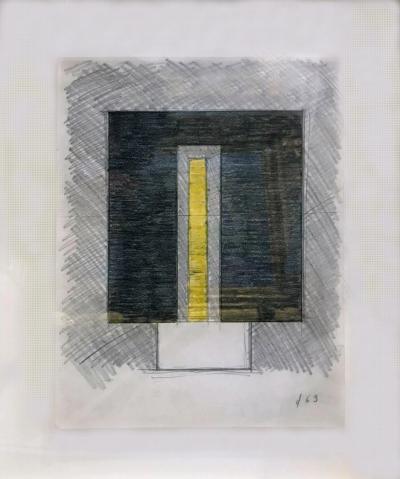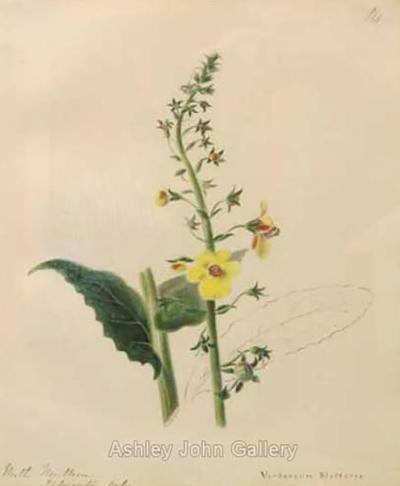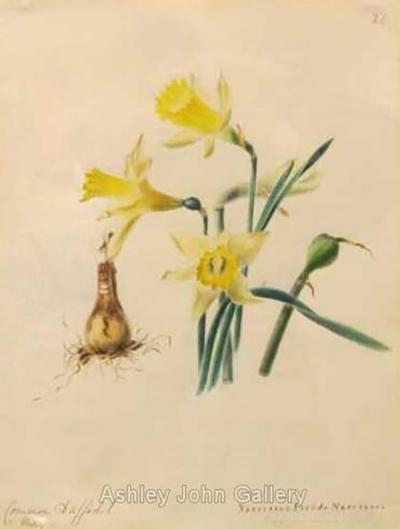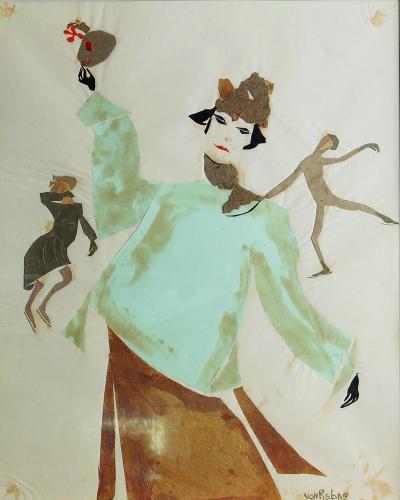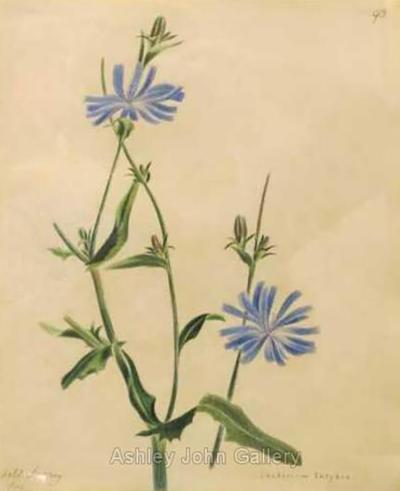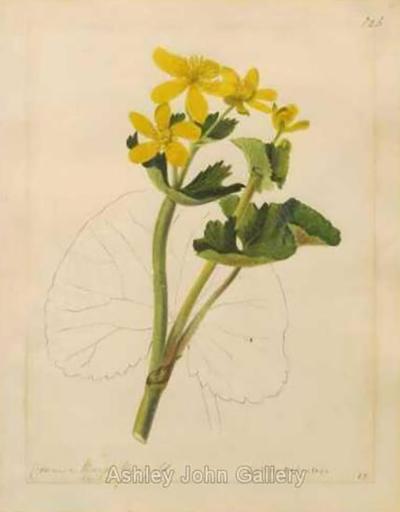"Third Theme"
-
Description
BURGOYNE DILLER (1906-1965)
Recognized as the first American painter to embrace the tenets of Neo-Plasticism, Burgoyne Diller made an important contribution to the development of non-objective art in the United States. Working in a hard-edged geometric style, he produced paintings, drawings, and collages that paved the way for the development of American Minimalism during the 1960s and 70s.
Born in New York City in 1906, Diller began painting and drawing as a teenager growing up in Battle Creek, Michigan. Later, while attending Michigan State University in East Lansing on an athletic scholarship, he made weekend visits to the Art Institute of Chicago, where he familiarized himself with Impressionist and Post-Impressionist painting. He was especially drawn to the landscapes and still lives of Paul Cézanne, who modeled color to create structure and volume.
In 1929, Diller moved to Manhattan and enrolled at the Art Students League, where his teachers included such progressive-minded painters as Jan Matulka, Hans Hofmann, and George Grosz. Hofmann's concept of the "push-pull" effect of form and color exerted a strong influence on his early work, as did his growing familiarity with Analytical and Synthetic Cubism, German Expressionism, and other vanguard European styles. Diller had the opportunity to see some of this work firsthand, but he also kept abreast of developments abroad by reading journals such as Cahiers d'Art.
Diller completed his studies at the League in 1933, the year he had his first solo exhibition at the Contemporary Arts Gallery in New York. It was around this time that his paintings began to show the influence of the reductive, pared-down geometric compositions of the Dutch Constructivist Piet Mondrian and the equally restrained compositions of Kasimir Malevich and El Lissitsky, exponents of Russian Suprematism. In the ensuing years, Diller synthesized the crisp geometric forms and primary colors and blacks and whites of Constructivism with his own personal approach to line, space, and form, and in so doing arrived at a very personal style.
In addition to championing the cause of abstraction through his own work, Diller promoted non-objective painting through his role as an arts administrator. Indeed, despite his reputation as an innovator, he failed to sell any of his paintings during the 1930s, a time of hardship for many artists. In 1935 he was hired as Director of the Mural Division of the WPA Federal Arts Project and in that capacity he provided commissions to fellow abstractionists such as Arshile Gorky, Stuart Davis, Willem de Kooning, Ilya Bolotowsky, and others. Diller also promoted non-traditional art throughout his membership with American Abstract Artists (established 1936), exhibiting with that group from 1937 to 1939.
Diller was employed by the Federal Arts Project until 1940. He continued to paint throughout the 1940s and 50s, although his output decreased considerably. In his later work, he turned to increasingly simplified compositions and the movements and rhythms of his forms took on a quieter tone.
During the second world war, Diller was director of the War Service Art Section in New York. He was also connected to the navy's visual aid division, where he designed a black-and-white signal system for ship-to-ship communication. In 1945, he joined the design department at Brooklyn College, remaining there until 1964. Since his death in New York in 1965, Diller's work has been included in many exhibitions devoted to modern art in the United States, including Abstract Paintings and Sculpture in America: 1927-1944, organized by the Carnegie Museum of Art in Pittsburgh (1983). There have also been several posthumous exhibitions, most recently Burgoyne Diller, held at the Whitney Museum of American Art in New York (1990). -
More Information
Documentation: Signed Notes: Signed Lower Right Origin: United States, New York Period: 1950-1979 Materials: Ink on Paper Condition: Excellent. Creation Date: 1953 Styles / Movements: Abstract Expressionism Dealer Reference #: AGJ121018003 Incollect Reference #: 293780 -
Dimensions
W. 10.25 in; H. 13 in; W. 26.04 cm; H. 33.02 cm;
Message from Seller:
Welcome to Ashley John Gallery, where we specialize in New Hope School modernist paintings and 20th-century American art. For inquiries, please contact us at info@ashleyjohngallery.com or call (609) 397-7700.


















_0.jpg)
